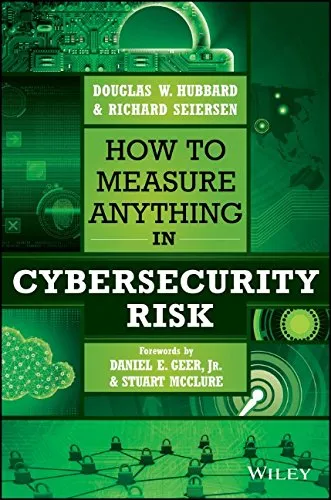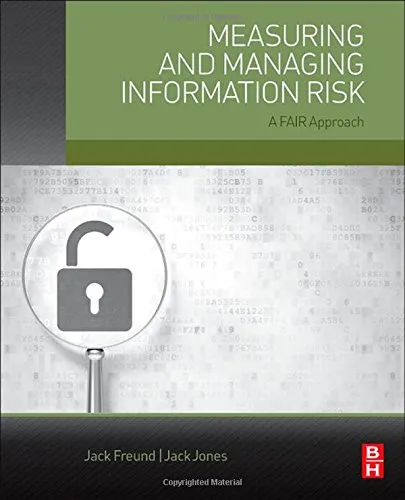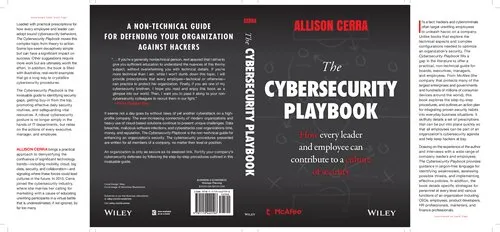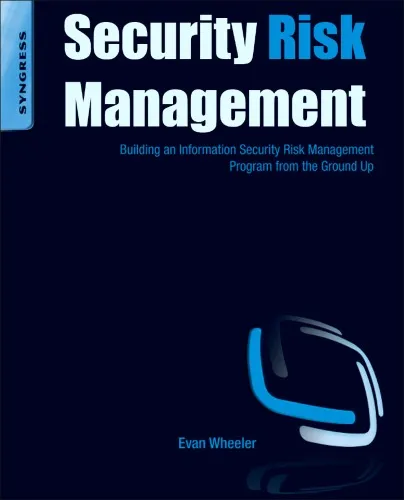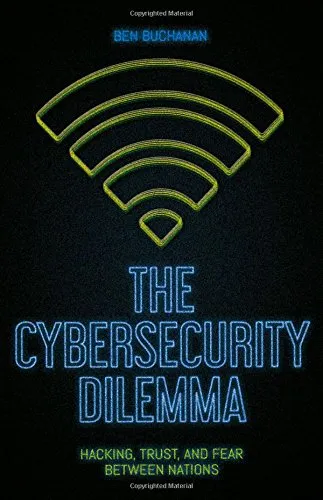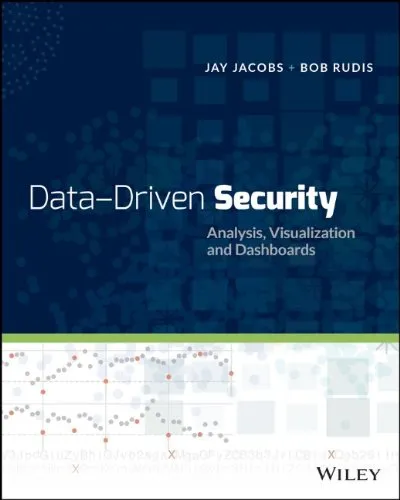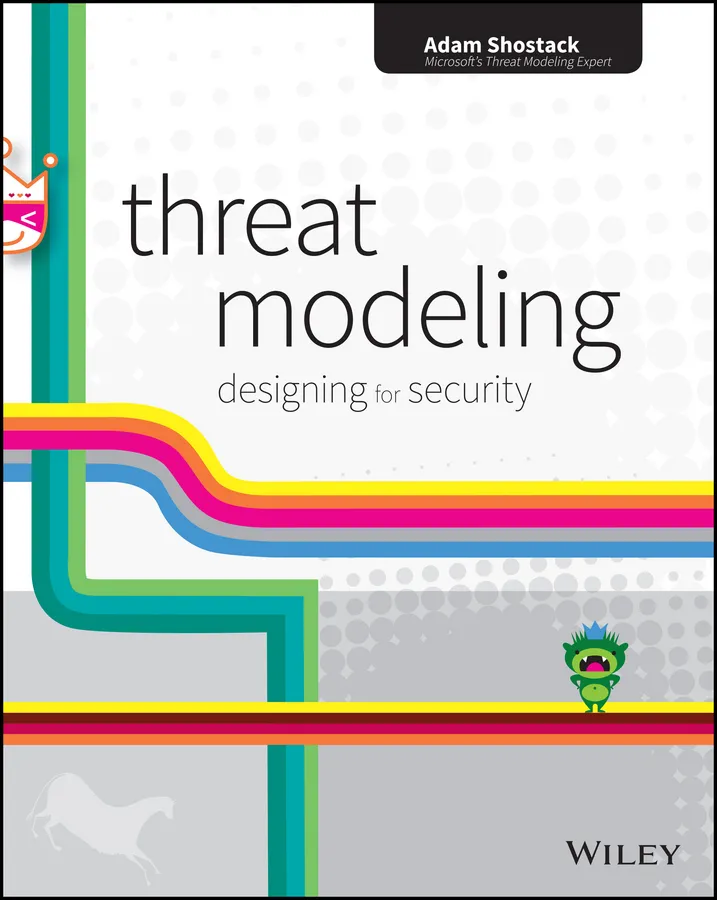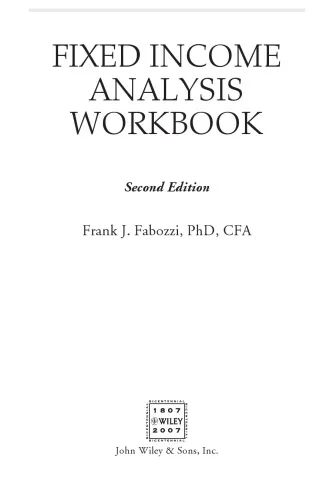How to Measure Anything in Cybersecurity Risk
4.1
Reviews from our users

You Can Ask your questions from this book's AI after Login
Each download or ask from book AI costs 2 points. To earn more free points, please visit the Points Guide Page and complete some valuable actions.Related Refrences:
Persian Summary
Introduction
In the constantly evolving landscape of cybersecurity, the risk and uncertainties that organizations face can seem daunting to accurately measure and manage. "How to Measure Anything in Cybersecurity Risk," written by Douglas W. Hubbard and Richard Seiersen, serves as a groundbreaking guide to making informed decisions in cybersecurity by applying quantitative analysis to risks. This book is essential for professionals seeking to mitigate cybersecurity threats through structured measurement of risk, turning the complex world of cyber threats into actionable insights.
Detailed Summary of the Book
"How to Measure Anything in Cybersecurity Risk" delivers a comprehensive approach to understanding and quantifying the risks associated with cybersecurity. The authors combine their expertise to challenge traditional thinking by arguing that anything can be measured, especially in cybersecurity, a field often viewed as unquantifiable. They introduce a taxonomy of cybersecurity risks, addressing misconceptions about measuring intangible assets within an organization.
Leveraging concepts such as Monte Carlo simulations, Bayesian statistics, and calibrated probability assessments, the book empowers readers to apply these models to real-world scenarios. Hubbard and Seiersen provide detailed methodologies for quantifying risks and demonstrating that precise measurements can lead to better strategic decisions.
The book also contains numerous case studies, demonstrating practical applications and outcomes of the suggested measurement techniques. Readers learn to view risk from the cybersecurity manager's standpoint, better equipping themselves to deal with what can otherwise seem abstract and overwhelming.
Key Takeaways
- Understanding that all cybersecurity risks can be measured and are not inherently vague or elusive.
- The importance of calibrating estimations in cybersecurity to improve decision-making processes.
- How to effectively apply probabilistic thinking to assess cyber threats and prioritize them.
- Using Bayesian methods to update and refine risk evaluations as new information becomes available.
- Recognizing the potential pitfalls and biases that can affect risk measurement and how to address them.
Famous Quotes from the Book
"Quantification, even when it is as uncertain as any human endeavor, improves the basis for decisions when the alternative is a decision based on anything less."
"If you think you can’t measure a risk, it’s probably because you’ve been asking the wrong questions."
Why This Book Matters
In a digital age where cyber threats pose a pervasive risk, effectively predicting and mitigating these threats is paramount for any organization. "How to Measure Anything in Cybersecurity Risk" fills a critical gap in cybersecurity literature by providing pragmatic tools and techniques to measure what was once thought to be immeasurable. This book is a must-read not only for cybersecurity professionals but also for business leaders, decision-makers, and anyone involved with managing information security risks.
By transforming ambiguous risks into clear, quantifiable metrics, this book helps break down the communication barriers that often exist between security professionals and leadership, allowing for more informed and strategic decision-making. Hubbard and Seiersen’s work is an essential resource, offering a new perspective and practical solutions to an evolving and pressing field.
Free Direct Download
You Can Download this book after Login
Accessing books through legal platforms and public libraries not only supports the rights of authors and publishers but also contributes to the sustainability of reading culture. Before downloading, please take a moment to consider these options.
Find this book on other platforms:
WorldCat helps you find books in libraries worldwide.
See ratings, reviews, and discussions on Goodreads.
Find and buy rare or used books on AbeBooks.
1645
بازدید4.1
امتیاز0
نظر98%
رضایتReviews:
4.1
Based on 0 users review
Questions & Answers
Ask questions about this book or help others by answering
No questions yet. Be the first to ask!
